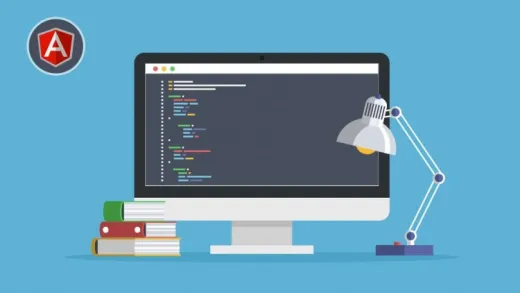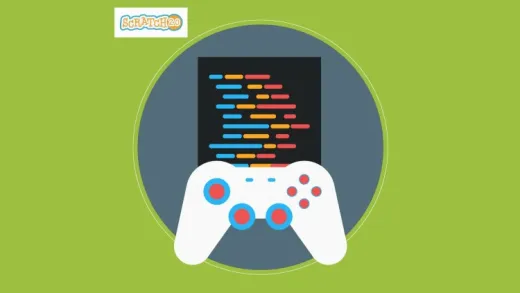About This Course
Create simple binary exploits with Python
A penetration tester who only knows how to use tools written by others is limited to old techniques. Learning to develop your own exploits will make you much more powerful. Python is the favorite choice for penetration testers because it combines simplicity and ease of use with advanced features.
This video course starts with high-level code injection, the simplest sort of exploit. It then explains binary exploits that allow you to skip past unwanted code, such as the password or product key tests, and add Trojan code. You will perform the exploit development process: finding a vulnerability, analyzing a crash in a debugger, creating a crafted attack, and achieving remote code execution on Windows and Linux. You will use the gdb debugger to analyze Linux executables and Python code to exploit them. On Windows, you'll use the Immunity debugger and Python.
About the Author
Sam Bowne has been teaching computer networking and security classes at City College San Francisco since 2000. He has given talks and hands-on trainings at DEFCON, HOPE, B-Sides SF, B-Sides LV, BayThreat, LayerOne, Toorcon, and many other schools and conferences. Credentials: PhD, CISSP, DEF CON Black-Badge Co-Winner
Remove unwanted code such as the password or product key tests, and add Trojan code
Analyze simple Windows executable files and modify them using the Immunity Debugger
Write Python Scripts to perform exploits









Phuntsog W.
Great course .. Lots of binary exploitation techniques nicely covered .. Very well explained..but there were few downsides ... I wish there were more examples of shown in this course and real life software's exploited as an example...( Creating our own vulnerable app's and exploiting will only take you so far but in real life circumstances would be more difficult so exploiting a renowned software demo would be great.) Any ways all in all it's a great course for lots of ppl ( IT Specialist , Admins , Pen testers , Assembly programmers .....) .. Thank you !!!